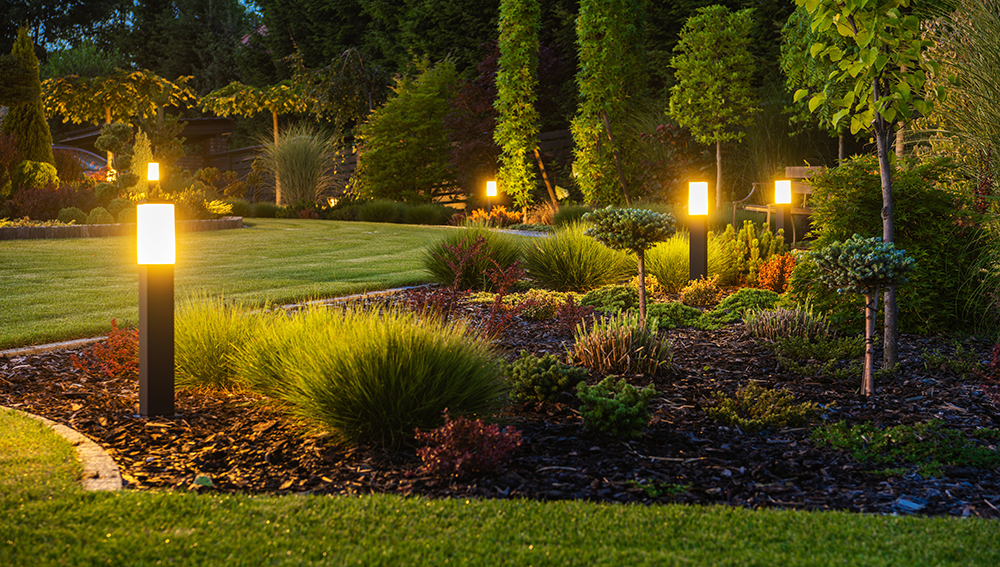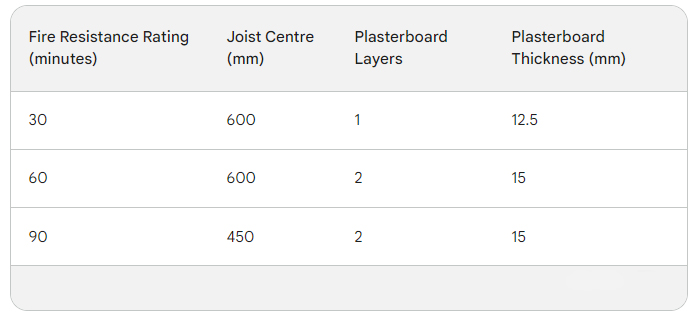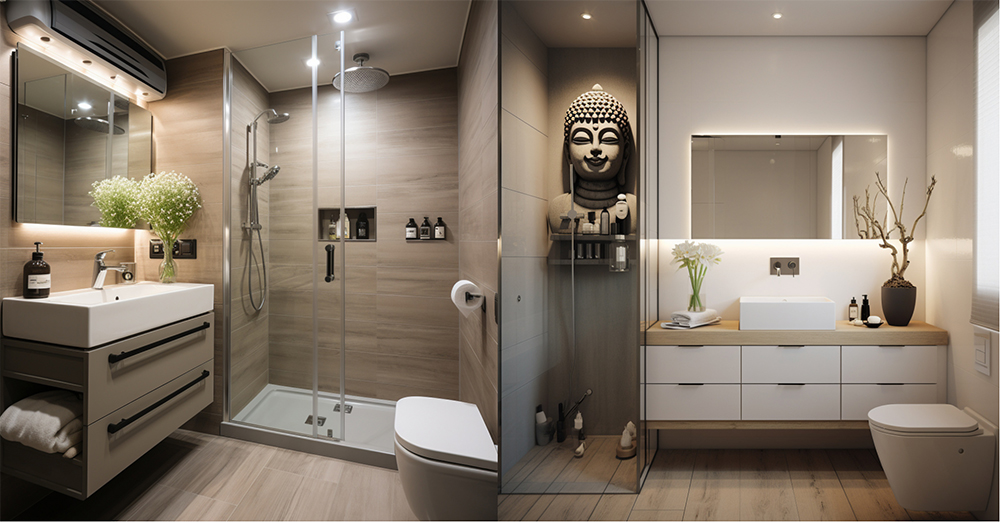What is the relationship between LED light and carbon footprint?
Carbon footprint is a measure of the amount of carbon dioxide (CO2) and other greenhouse gases released into the atmosphere as a result of human activities. LED lights are considered to have a low carbon footprint, due to their energy efficiency and long lifespan.
LED lights consume less energy compared to traditional lighting sources like fluorescent and incandescent bulbs, resulting in lower carbon emissions from energy production. Additionally, LED lights last longer, reducing the need for frequent replacements and thus, further reducing carbon emissions from manufacturing and transportation.
By adopting LED lighting solutions, individuals and businesses can effectively reduce their carbon footprint and contribute to the preservation of the environment. This has been a key factor in the growing popularity of LED lights in sustainable and green building practices, where the reduction of carbon emissions is a major goal.
Does LED pollute the environment?
LED lights are generally considered to be environmentally friendly and produce less pollution compared to traditional lighting sources. However, there are some potential environmental issues related to LED lights. Firstly, LED lights may contain small amounts of hazardous substances like lead, mercury and arsenic. If these substances are not properly disposed of, they can pose a risk to the environment and human health. Secondly, the production of LED lights can result in greenhouse gas emissions, water pollution, and other environmental impacts. The manufacturing process requires energy and natural resources like rare earth minerals, which can contribute to pollution and depletion of resources. Thirdly, LED lights can also produce light pollution, which may have negative effects on wildlife and their habitats, as well as human health. Therefore, it is important to use LED lights responsibly and dispose of them properly. This includes recycling, and ensuring that hazardous components are removed and disposed of safely. Taking these steps can help reduce the environmental impacts of LED lights and contribute to a more sustainable future.
How to Properly Recycle LED Lights?
Proper recycling of LED lights is important to reduce environmental pollution and promote sustainability. Here are some steps to properly recycle LED lights:
Contact an e-waste recycling center or a local government recycling facility to find out if they accept LED lights for recycling. You can search for nearby recycling centers on sites like Earth911, Call2Recycle, or Recyclenow.
If you can't find a recycling center that accepts LED lights, contact the manufacturer or the retailer where you purchased the LED lights to see if they have a take-back program for their products.
Before recycling LED lights, remove the light bulb from their fixtures or lamps, and wrap them in newspapers or soft materials to prevent breakage during transportation.
Once you have found a recycling center that accepts LED lights, you can drop them off and follow the guidelines for proper recycling.
Always make sure to recycle your LED lights rather than throwing them in the regular trash bin. LED lights contain hazardous materials that can be harmful to humans and the environment if not recycled properly.
By recycling LED lights properly, we can help reduce the amount of waste sent to landfills and the environmental impact of manufacturing new products. It is also a critical step to protect our environment, conserve natural resources, and promote a sustainable future.

How to deal with discarded LED lights?
Discarded LED lights should be handled and disposed of properly to reduce environmental impacts. And discarded LED lights should never be thrown away in regular household trash as they can be dangerous to the environment and human health. Another option is to donate used but still functioning LED lights to local charities or organizations that could make use of them. By taking the necessary steps to dispose of discarded LED lights properly, individuals and businesses can help reduce environmental pollution and contribute to a more sustainable future.
What more several things to do with discarded LED lights below:
LED lights can be recycled at electronic waste recycling facilities. These facilities can dispose of discarded LED lights properly, and the materials can be reused or recycled.
LED lights can also be turned in at local recycling facilities. These facilities are equipped to handle electronics and can also recycle the materials.
Additionally, some light manufacturing companies offer take-back programs for their products. If you cannot recycle your discarded LED light, contact the manufacturer to inquire about their take-back program.











